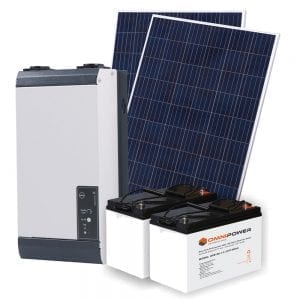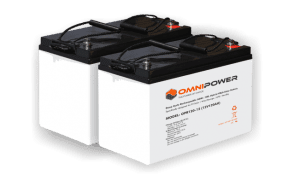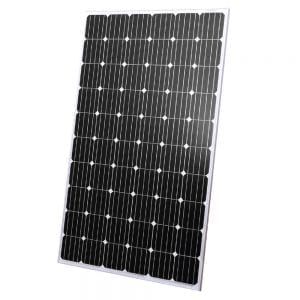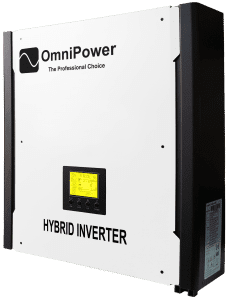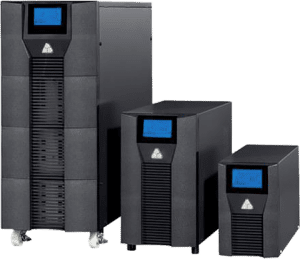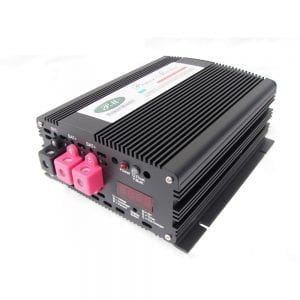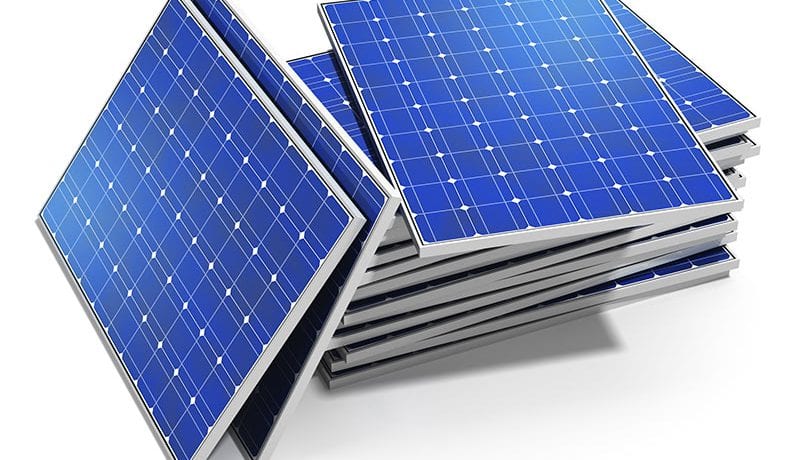Having spent all of my working life in the technology sector, writes Sinetech COO Chris Rodgers, I have learnt that there are a few constants. Firstly, the best technology is not always the market leader, rather, the best marketed technology, is the market leader.
Secondly, the dominant technology today will inevitably be replaced by a cheaper, faster, more reliable offering within 5 years. Lastly, brand association or perception with quality helps to avert the technology leap-frog effect to a degree.
So it is in the solar panel industry where we have seen the typical curves of increasing performance and production volumes with ever-decreasing costs. Typical production cost of solar panels in China was $0,72 per Watt in 2012 and is now down to $0,47 per Watt and expected to drop to $0,35 per Watt by 2019.
What are the different kinds of solar panels used by Sinetech?
The efficiency of a solar panel is its ability to convert the light absorbed from the sun into electrical energy. In ideal laboratory conditions, the optimum efficiency achieved is around 23% for mono-crystalline panels. This has increased from approximately 17% just 5 years ago, hence a substantial improvement. In real-world conditions though, one should expect around 19% to 20% efficiency from a Tier 1 solar panel.
Performance ratio refers to the solar panels ability to achieve the Wattage output advertised. Solar panels range from 10W right up to 320W but depending on atmospheric and engineering deployment conditions, will deliver less than the maximum. Panels constructed from Mono or Poly crystalline wafers will perform at roughly 85% of the intended Wattage under good atmospheric conditions.
PV solar panels like light but don’t like heat, thus a cool but sunny day, with a light breeze and good visibility ie. minimal dust, fog, smoke etc. will see best performance results. That being said, the quality of the construction of the panel used, will deliver varying results, so whilst a good quality 250W panel may deliver around 215W in these conditions, a lower quality 250W panel may only achieve 175W.
Additionally, the overall life of the high quality panel may be in excess of 25 years whereas the lower quality panel will decrease in performance much quicker and may even delaminate very early on.
The combined intellectual capital surrounding PV solar in our company is in excess of 100 years. Despite this depth of knowledge and experience, we have found that the best way to test manufacturers’ claims is to physically install and monitor the real performance. To do this, we need to establish under what atmospheric conditions a specific panel is delivering certain performance thus we installed a comprehensive weather station. You can read up about our reference station here.
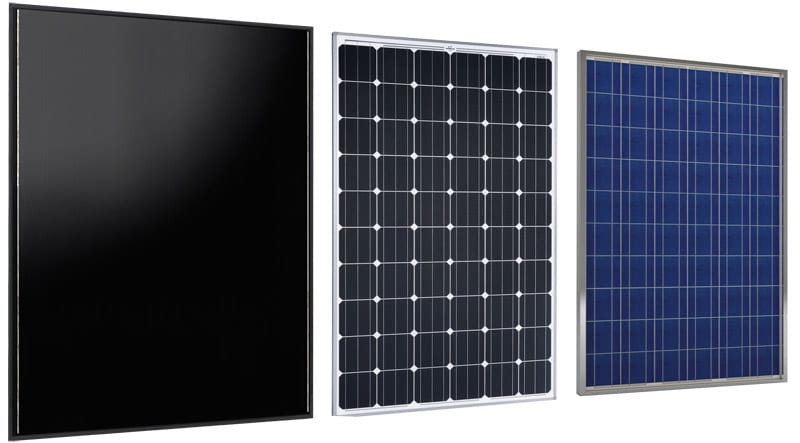
Left to right: CIGS thin-film, monocrystalline and polycrystalline solar panels.
The data from weather station is overlaid onto the performance measuring tools of the solar panels showing us which panels deliver what specific performance under differing weather conditions. At present, we have three 3kW solar arrays on our roof each one of the three uses a different solar technology, namely, Monocrystalline, Polycrystalline and Thin Film Copper Indium Selenium (CIS).
The CIS or thin-film panels are from Solar Frontier also a leader in their specific technology space although thin-film represents less than 10% of the total solar panel market at present. But, watch this space as CIS has come on leaps and bounds in the past few years and already we are seeing exceptional results from the Solar Frontier panels.
As mentioned previously, heat is the enemy of solar panels but so too is shading. This can be in the form of an obstruction such as leaves, bird-poop or shade generated by clouds. The Solar Frontier CIS panels are more resilient to heat than conventional crystalline panels and also deliver substantially better performance in shaded or obscured conditions. The video below illustrates how the CIS technology continues delivering energy even when almost fully obscured whereas the crystalline panel ceases to deliver energy as soon as the first cell is obscured.

